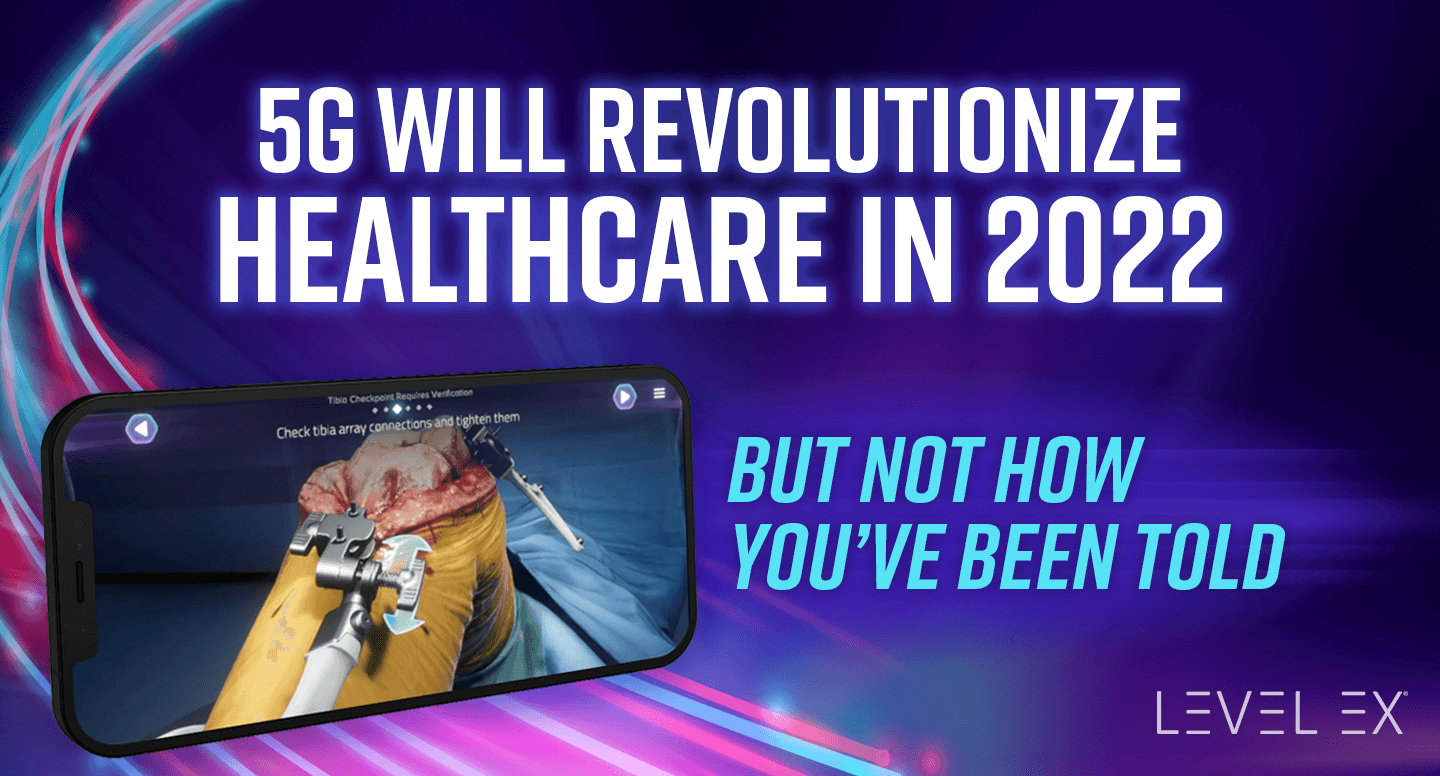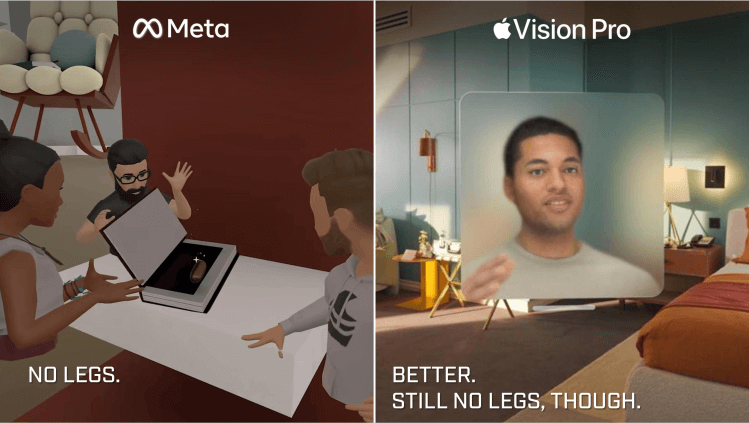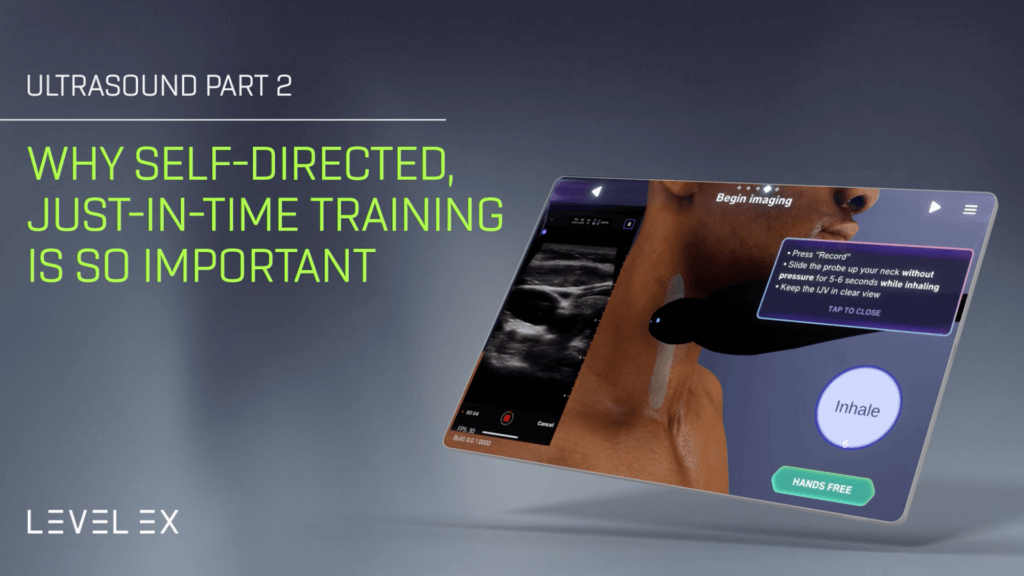
5G Will Revolutionize Healthcare In 2022, But Not How You’ve Been Told
5G will revolutionize the mobile phone experience for consumers and healthcare professionals alike—here’s how to sort out the hype from reality in 2022.
Let’s start with consumers. You’ve been told 5G will be revolutionary, but something doesn’t sit right with you. It usually goes something like this:
“What’s the killer app?” you ask.
“You’ll be able to stream HD video to your phone!”
“Hold on. I can stream HD video to my phone on 4G.”
“Well, you’ll be able to … stream 8K video!”
“8K video on my five-inch phone? I’ll need to upgrade my eyeballs.”
The truth is that there is a resounding 5G breakthrough app for consumers: cloud gaming. With it, you can play high-end AAA games on your phone that would normally only play on a $3,000 gaming PC. You can feel the lightning speed at which the game’s action responds to your movements on the touchscreen. How? The game is not really running on your battery-powered phone.
Thanks to low-latency 5G (and the infrastructure investments from wireless providers to deploy it), the graphics and physics are computed on a high-end computer running hot in the cloud, but to you (and your friends playing remotely with you), the lag between phone and cloud is imperceptible.
As it turns out, 5G does have a killer app for healthcare in 2022 … and it looks a lot like the consumer killer app.
Healthcare professionals: You’ve been told 5G is about to revolutionize healthcare, but something about that doesn’t sit right. Your allergy to hype and buzzwords is flaring up.
“What’s the killer app?” you ask.
“It’s telehealth! And telerobotics! With low-latency 5G, a surgeon at Stanford will perform surgery on a patient in Georgia!”
I’ll tell you something that you may have suspected: 5G’s healthcare killer app in 2022 isn’t telehealth or telerobotics. Let’s break that down.
Telehealth
The truth is 5G doesn’t really address telehealth’s challenges because its limiting factor isn’t network bandwidth or latency.
The challenges lie elsewhere.
Most doctors have trained all of their careers to recognize and treat patients in vivo. Suddenly, they are expected to transfer their skills seamlessly to remote video? Imagine a dermatologist, for example, trained to diagnose a skin condition under ideal lighting conditions in the clinic. Now she struggles to do so from a selfie a patient sends from a smudged phone camera. This problem isn’t solved by network bandwidth—although it can be solved by deliberate training.
Telerobotics
Telerobotics over 5G is likely years away from any sort of regulatory approval. While remotely-operated robotic-assisted surgery (in which the surgeon is in the same room as the patient, but operating from a console a few feet away) is taking hold in certain specialties, we’re far from being able to do it reliably from any meaningful distance. In my own experience attending robotic cardiac procedures, I’ve twice witnessed the surgeon struggle and give up on the robot halfway through and open the patient’s chest the old-fashioned way.
This isn’t an option over 5G. Eventually, 5G robotic surgery will reach its potential, allowing doctors to perform surgery from miles (or oceans) away. But to make this happen successfully, we are going to need more training—remote operator training to manipulate the robot more effectively in a wider range of unforeseen scenarios and better training for on-site staff for when things don’t go as planned.
Good news: The 5G killer app for healthcare in the short term is training. Collaborative medical training—using cloud gaming technology. The same killer app for consumers is going to dramatically benefit doctors and patients.
Let’s step into an online multiplayer game like Fortnite. As a player, you are running around at around 20 miles per hour. At that speed, if you shoot a virtual paintball on-target with 100 milliseconds of latency on a 4G connection, you’ll be two meters off—a total miss. With 5G’s latency of less than 30 ms, you can actually play the game.
Now say the game in the cloud is a surgery simulation and the players are surgeons. In the OR, things (hopefully) aren’t moving at 20 mph, which is why cloud gaming tech can handle many medical scenarios over 4G connections today (e.g., simulating knee surgery). That being said, there are scenarios that simply can’t be simulated over 4G. With 5G latency of less than 30 ms and unlimited compute power from the edge or cloud, the complex fluid and tissue interactions in any surgery or procedure can be simulated. An interventional cardiologist can place a stent in a live, beating, human heart and the latency will be imperceptible. Multiple surgeons can collaboratively cut tissues or cauterize spraying bleeds on the same virtual patient in real time, from different locations, over Zoom or Webex.
The better news: We don’t need to wait for it. This technology is in use today. And in 2022, we predict surgeons in almost every specialty will start training on it.
Many top medical device companies have training modules live or in development that will allow surgeons to practice the optimal use of their devices across almost every major surgical and procedural specialty, including orthopedics, robotics, ophthalmology, cardiology, urology, neurosurgery, and radio-oncology.
In this 5G world, rather than building $50 million-plus simulation centers, hospitals and health systems can use this technology to create customized, flexible training available on their staff’s mobile devices or VR/AR headsets. 5G will deliver a handheld simulation center in their pockets with more compute power than all of the world’s physical medical training centers combined. In turn, doctors can train collaboratively, earning continuing education (CME) credit, while safely preparing for the most high-risk and difficult situations—situations they otherwise would only encounter on live patients.
We should all be excited about the future of telerobotic surgery and better telehealth. In the meantime, healthcare workers can pick up their phones and get ready to play. 5G’s medical training revolution is waiting for them.
This article first appeared in Forbes Technology Council.


